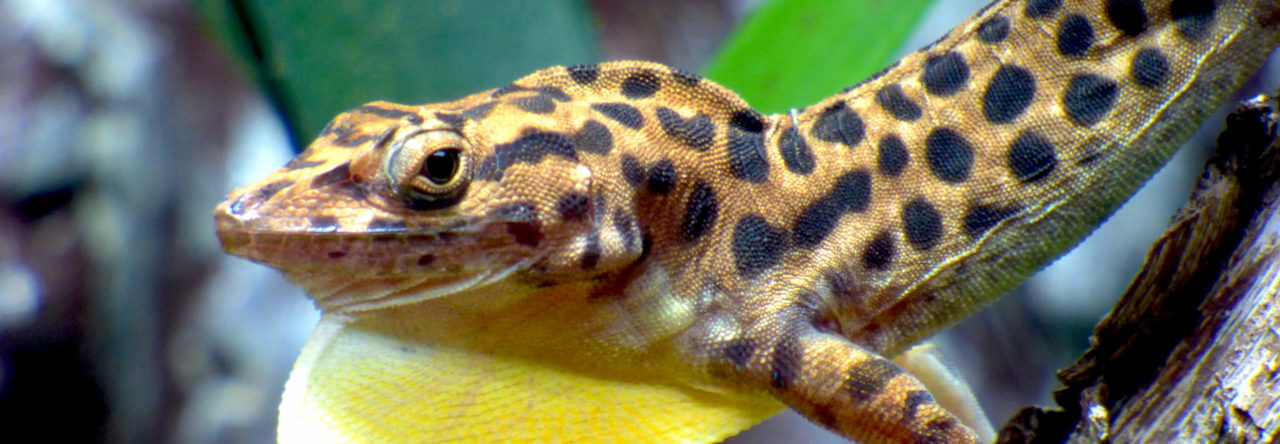
Here's a photo of a Carolina Wren that's caught a brown anole. But this story is something different. Photo from http://www.flickr.com/photos/24073599@N05/4545405419/
Brian Langerhans, he of mosquitofish fame (but with some anole credentials, such as here and here), writes from Raleigh, NC:
A strange interaction was observed this morning and I’m wondering if you know what’s going on. There are a number of A. carolinensis that live around our house, and today something weird happened. It’s a pretty cool morning, but a big male was on a ledge on our porch. Two Carolina wrens flew over to the anole, the anole sat still while one pecked on it’s body and tail, and then extended it’s dewlap and opened it’s mouth for a while (but was otherwise still) as the other wren pecked around and in it’s mouth. Do you know what might have been happening here? You’d think the birds were harrassing the anole (and maybe it’s too cold for the lizard to fight back), but it didn’t seem like it. There’s no way they could have been cleaning it (like removing mites), right? Any thoughts?











